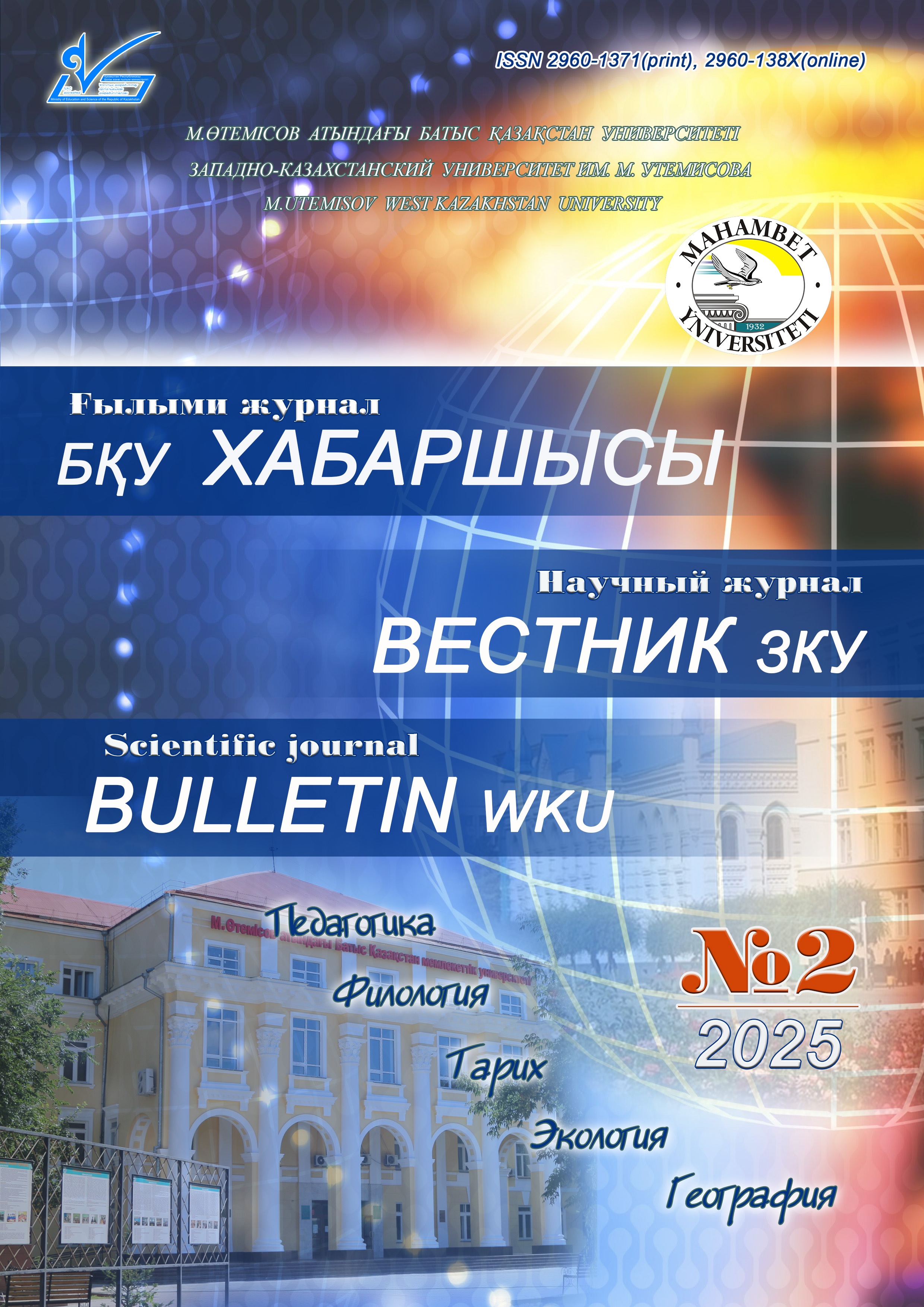APPLICATION OF ASTER SATELLITE REMOTE SENSING DATA IN EXPLORATION OF PORPHYRY COPPER DEPOSITS
Abstract
Annotation: Advanced Thermal Emission and Reflectivity Radiometer (ASTER) data were analyzed to map alteration in the Koldar massif in southeastern Kazakhstan. Porphyry copper deposits are characterized by extensive alteration zones that are much larger than the ore bodies themselves, allowing them to be clearly identified in satellite imagery. A typical alteration mineral assemblage was identified, consistent with a porphyry copper mineralization model, which was used as the basis for the remote sensing model.
A spectral angle map (SAM) and channel math were used to analyze the data, allowing minerals characteristic of the mudstone and propylite zones to be identified. Relative absorption depths of the bands and simple VNIR/SWIR fusion techniques provided information on the lithological composition of the rocks. The results of the analysis showed good correlation with known copper deposits in the study area, where structural features of the relief are closely related to mineralization. ASTER data in combination with field surveys proved to be effective in characterizing alteration zones in porphyry deposits. VNIR and SWIR spectral ranges allow effective differentiation of argillites, propylites and ferritization alteration within a single deposit.



